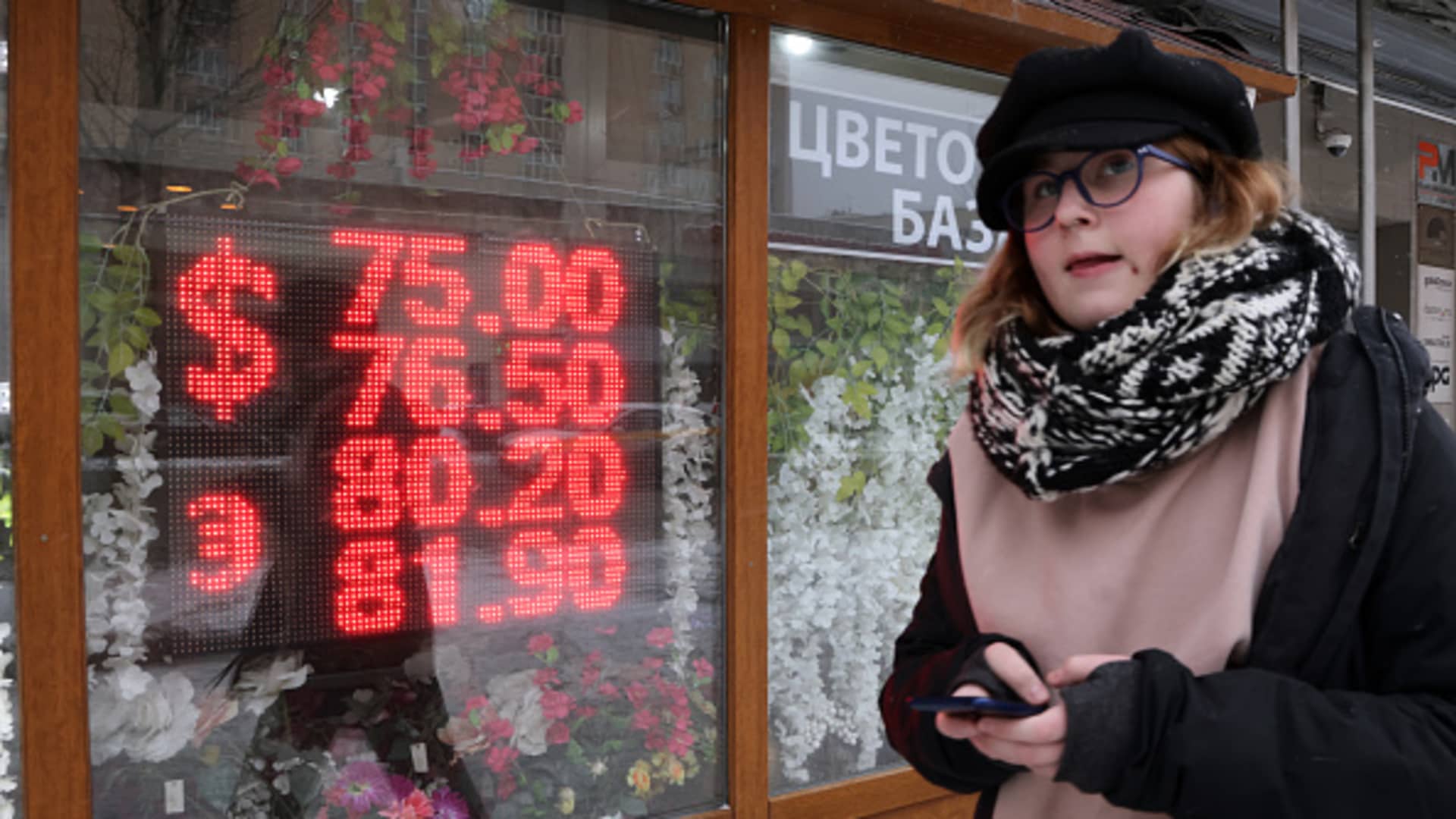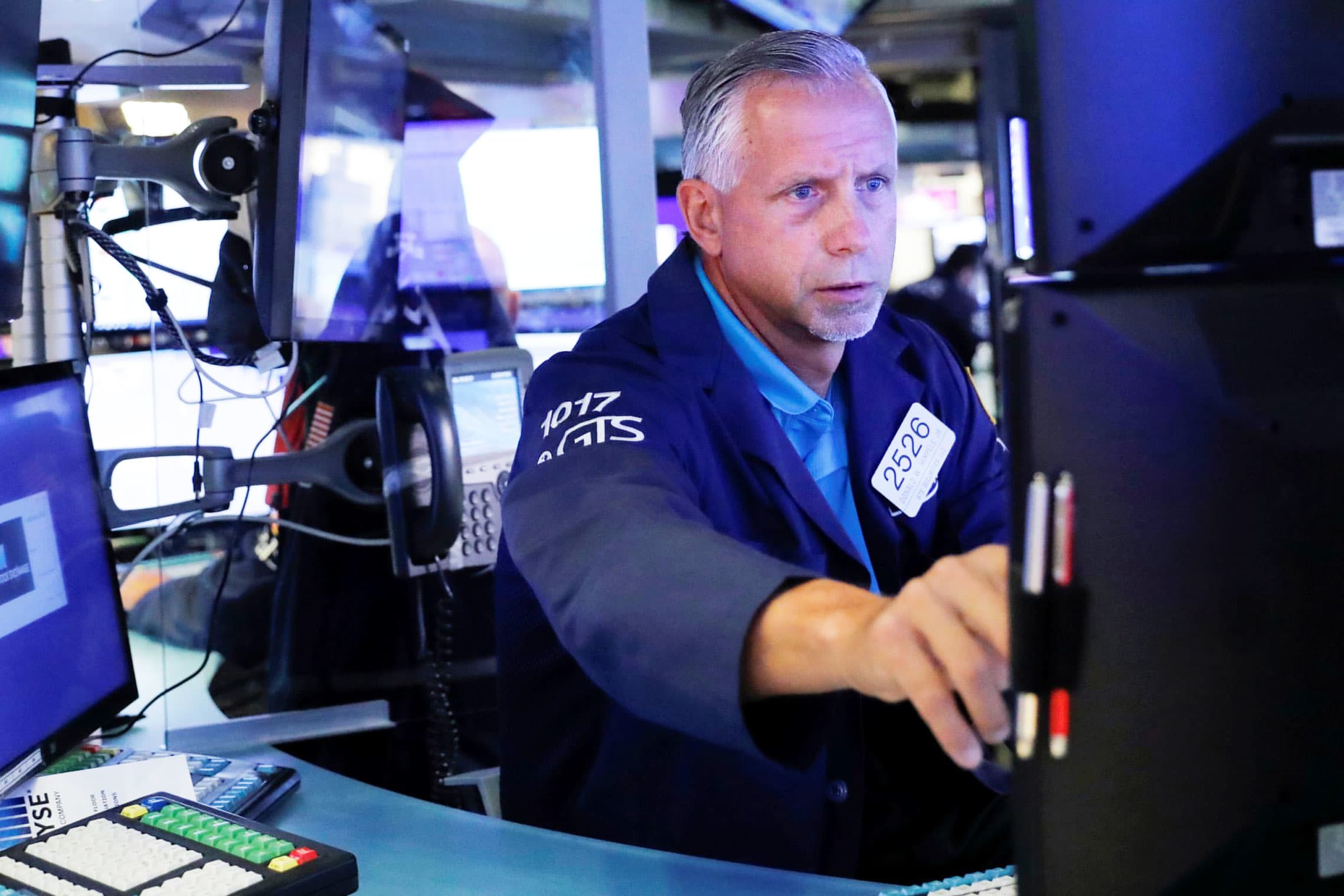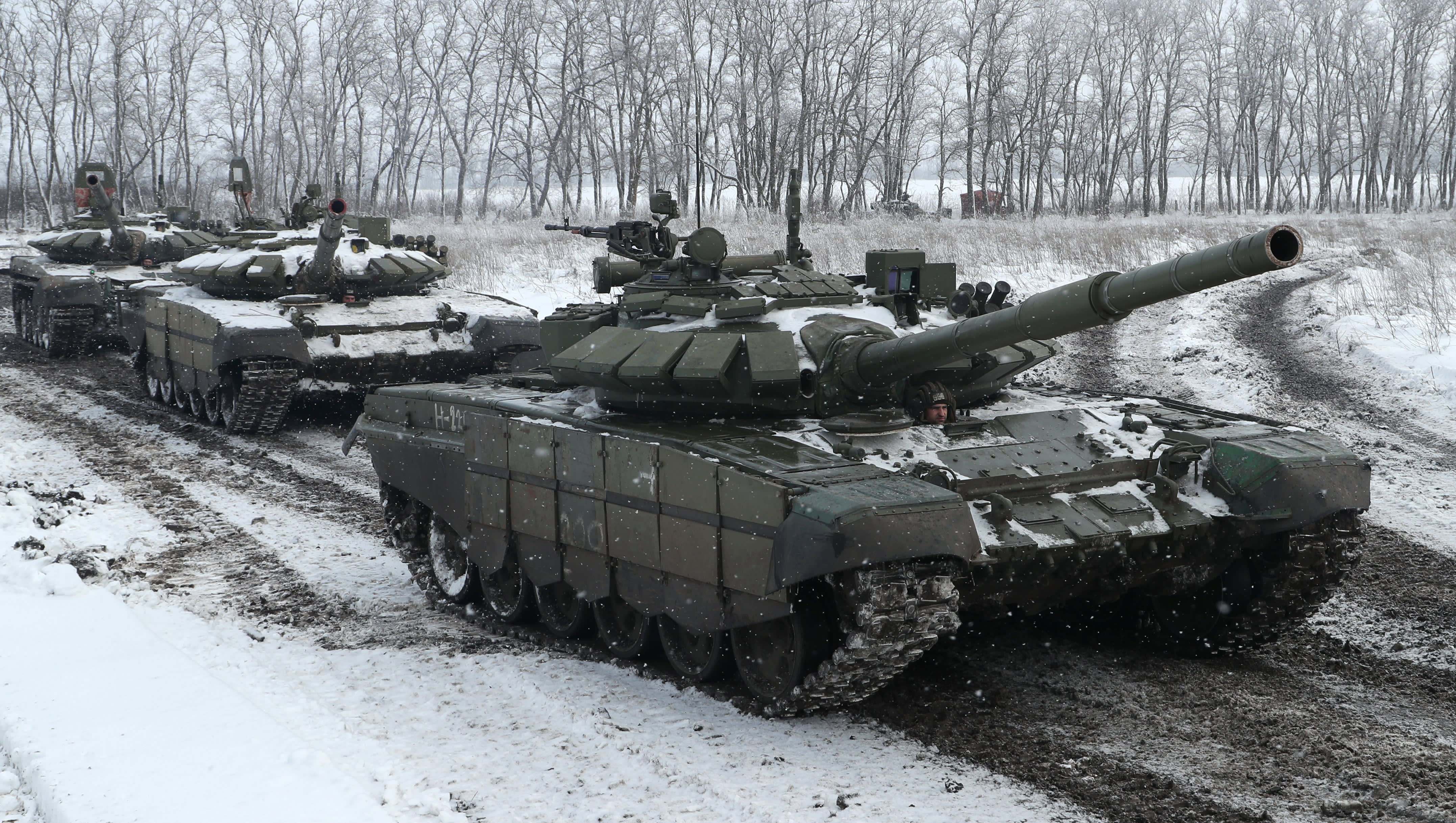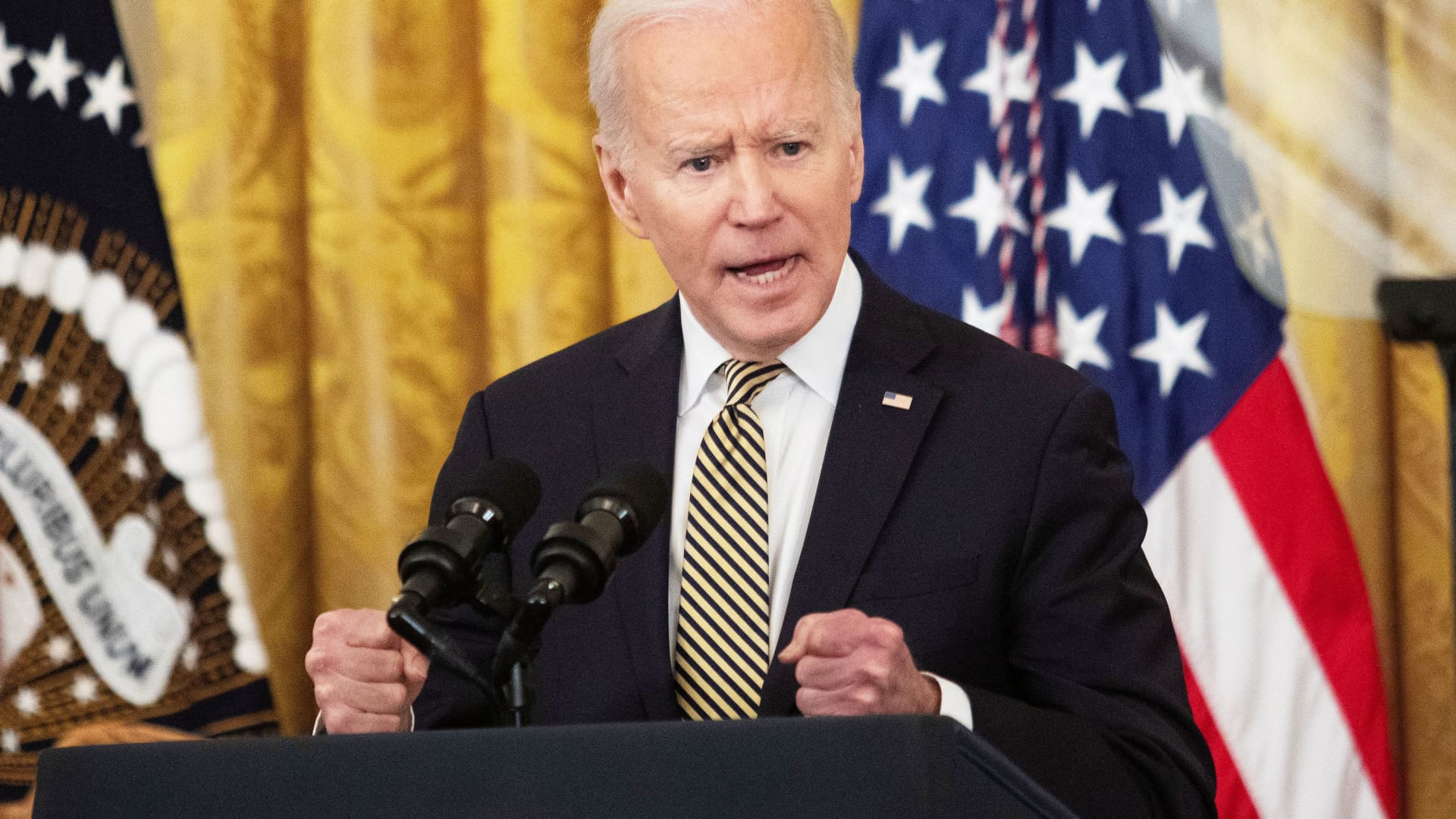Russian ruble weakens past symbolic threshold of 100 against the dollar
The Russian ruble weakened beyond a symbolic threshold of 100 to the U.S. dollar in the early hours of Tuesday.

A woman looks at a board showing the rates of dollars and euros against the ruble in front of the exchange office on February 19, 2023, in Moscow, Russia. Russia's economy is beginning to feel the weight of Western sanctions, following the start of the war against Ukraine.
Contributor | Getty Images News | Getty Images
The Russian ruble weakened beyond a symbolic threshold of 100 to the U.S. dollar in the early hours of Tuesday as foreign currency outflows and a shrinking balance of trade continue to weigh on the currency.
The ruble recovered slightly through the morning, and was hovering just above 99.5 versus the greenback by around 8 a.m. London time.
When the ruble last weakened into triple digits in August, the Bank of Russia called an emergency meeting to hike interest rates by 350 basis points to 12%.
The decision came after President Vladimir Putin's economic advisor penned an op-ed blaming the plunging currency and acceleration of inflation on "loose monetary policy."
The central bank then increased its key rate by a further percentage point to 13% at its September meeting, citing persistently high inflationary pressure in the Russian economy.
"Significant proinflationary risks have crystallised, namely the domestic demand growth outpacing the output expansion capacity and the depreciation of the ruble in the summer months," the Bank of Russia said in a statement following the meeting.

"Therefore, it is required to additionally tighten monetary conditions to limit the upward deviation of inflation from the target and return it to 4% in 2024."
Russian inflation as of Sept. 11 rose to an annual 5.5% from 5.2% in August and 4.3% in July, and the central bank said the pressure had intensified along with the "pass-through of the ruble weakening to prices."
Though Kremlin figures have blamed loose monetary policy for the rapid depreciation of the currency, the central bank has cited a sharp decline in the country's current account surplus.
In its September report, the Bank of Russia estimated that the current account surplus of the balance of payments between January and August came in at $25.6 billion, down 86% year on year from $184.8 billion for the corresponding period in 2022. The surplus of trade balance over the same period fell by 68.3%, or $156.7 billion.
The ruble has endured a turbulent period since Russia's invasion of Ukraine in February 2022, plunging to a record low of 120 to the dollar in March 2022 before roaring to a seven-year high just a few months later, buoyed by the central bank's capital control measures and a spike in export revenue.
Exports have since been hit by Western sanctions and a reversal of trade flows, along with a resurgence in imports, weighing down the currency.

 ShanonG
ShanonG 
































